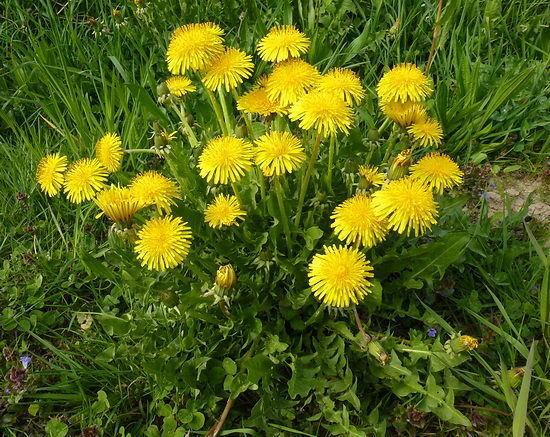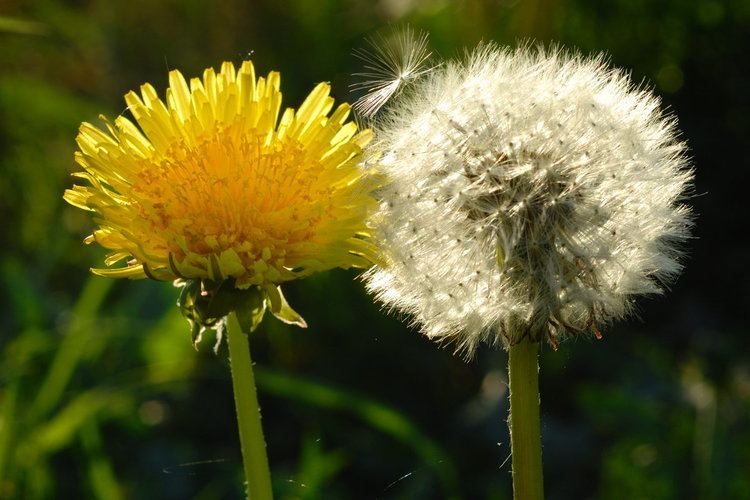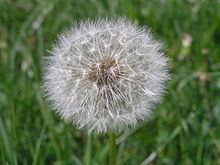8 /10 1 Votes
First episode date 24 March 1981 | 8.1/10 IMDb | |||||||||||||||||||||||||||||||||
Similar Wunderkind Little Amadeus, The Old Fox, Lilly the Witch, Maya the Bee, Alisa – Folge deinem H | ||||||||||||||||||||||||||||||||||
Löwenzahn (Dandelion) is a children's television series produced and aired by German public broadcaster ZDF on German television. Originally conceived and hosted by Peter Lustig the first episode aired on January 7, 1979 then titled Pusteblume. The first episode of the retitled series Löwenzahn aired on March 24, 1981. After Lustig's health-related retirement (he died in February 2016), the show was taken over by actor Guido Hammesfahr (playing the new host Fritz Fuchs) in October 2006.
Each 30 minute episode is dedicated to a separate issue or theme and consists mainly of related short featurettes, which explain, explore and educate how things of everyday life and even complex systems work. It spans a wide variety of topics from technology and industry to something as mundane as how the postal service works.

The series was originally called "Pusteblume" (Blowball) and was first broadcast on 7 January 1979. The episodes under the name of Pusteblume were shot in Munich and Bavaria, this is where the house stood where the character Peter Lustig "lived". But after the production company ran into some problems with the broadcasting company ZDF, the show was cancelled and restarted under a new name (the prior production company held the copyright of the name "Pusteblume" - thus the renaming. "Pusteblume" is actually the commonly used name of the Dandelion once it turns white and when he seeds can be blown away - so the new name "Löwenzahn" is still related to the old name).

In the series itself the move was explained as that the airport entry lane for incoming airplanes was right above the house where Peter lived and in a bit to escape the constant noise he wanted to move, it was explained in the first episode of "Löwenzahn". With the help of his cousin "Trude" he considers several means of housing until they pass by a building company and Peter takes a liking to an old wooden building site cabin, which he gets. Trude offers him to use a lot of land she uses as allotment in the town she lives, "Bärstadt", for placing the cabin.

Peter manages to arrange his big lot of furniture from the house around the confined space of the cabin and finds some creative use in order to use them. The wardrobe is being transformed into an outside toilet room including water flushing system and a glass cabinet is added to the cabin wall as a bay window. With a seating area that can be transformed into a bed by a pulley system and folding up furniture Peter manages to actually fit a sitting/dining area/bed, a small kitchen and a study area into the small cabin. The bath tub however was placed outside. On top of the cabin he created a terrace which can be reached by stars entirely made of chairs. This is the location the show evolves around.
The City used as "Bärstadt" was actually Berlin (The animal in Berlin's coat of arms is the bear) and people who know Berlin have recognized the locations used around the city.

The series has not only attracted children of all ages, it also found a wide audience, who have watched the series as children themselves and kept loyal to the format. Peter Lustig stated this in an interview in 2004.
